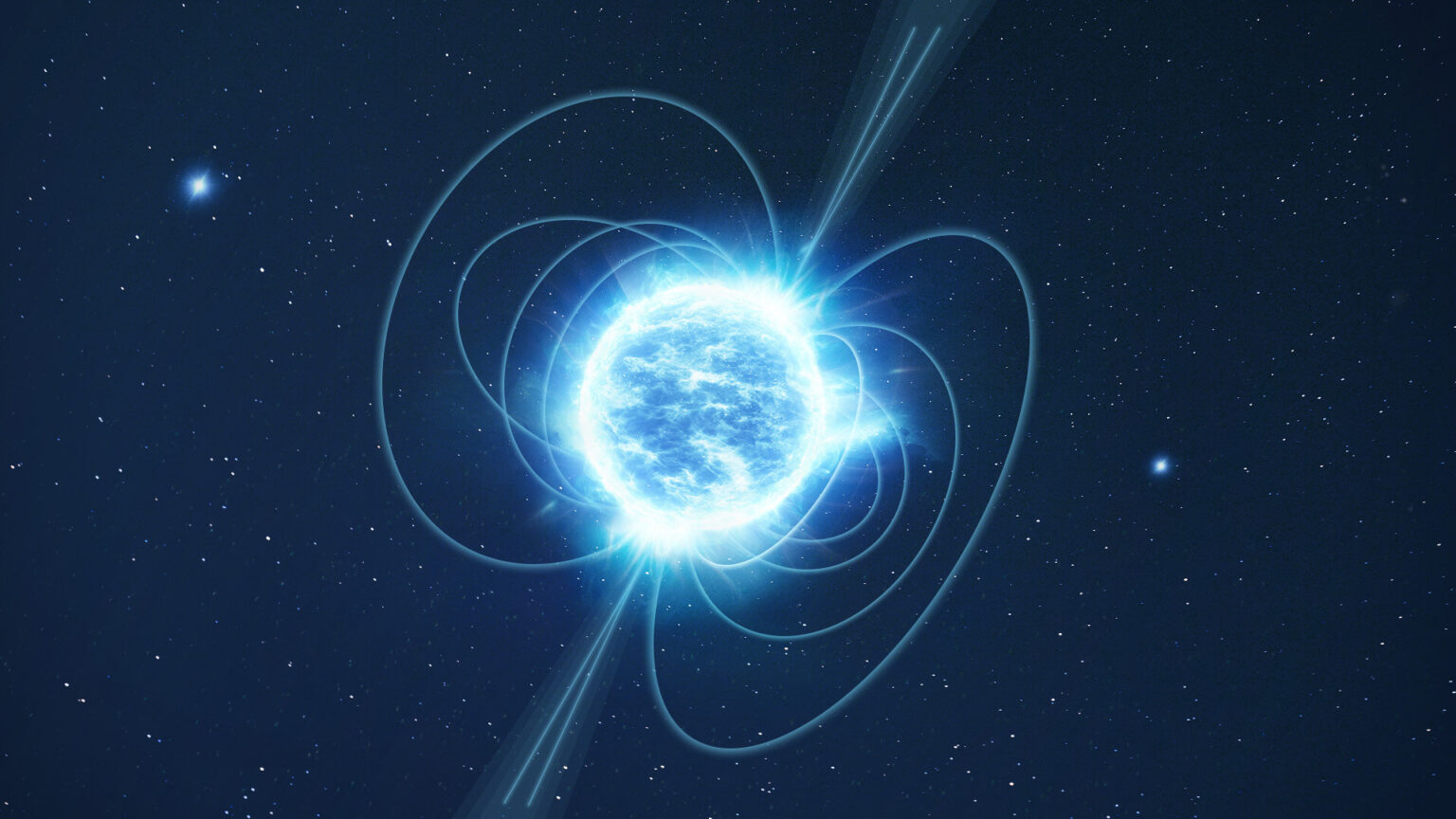Usually, dark matter does not interact with ordinary matter in any way. However, some theories suggest that dense objects such as neutron stars can capture it. A new study says that this should make them warm up.

Elusive Dark Matter
In a recently published study, scientists have described a new opportunity to find out what dark matter is. Despite the fact that it makes up more than 85 percent of all matter in the universe, it has not yet been possible to understand what it consists of and how it is distributed in space. The reason for this is that it does not interact with ordinary particles in any way, except for gravity.
However, some theories say that it can still manifest itself in other ways. The particles that make up it collide with each other and at the same time can generate ordinary leptons and baryons, which already interact well with the rest of the matter. However, this requires places where invisible matter can accumulate under the influence of gravity.
Neutron stars are best suited for this role. Except for black holes, these supernova remnants are the objects that have the most powerful gravity in the universe. In addition, they have extremely dense nuclei, so if dark matter can be expected to interact with ordinary matter somewhere, it is here.
Heating of neutron stars
The main problem that the researchers faced in the new work was the fact that, depending on the specific theory, dark matter particles should decay in different ways and interact with ordinary matter. Therefore, instead of going through all the possibilities, they considered the full range of possible effects.
Scientists have examined how dark matter accumulates inside neutron stars in order to annihilate and release a certain amount of energy. The usual effect of this should be additional heating of the core of a dead star. However, scientists have determined that it will not last forever.
A new equilibrium will be established fairly quickly, the time to achieve it depends on the nature of the interaction. In the case of simple scalar models, this happens in 10 thousand years, in the case of more complex vector models — in just an instant.
In any case, this is a moment by the standards of the existence of neutron stars. That is, if dark matter interacts with them in some way, then at least on some of them we should already observe a steadily increased temperature level. And the way these objects are additionally heated and how often it is observed in space, scientists will be able to determine which particles dark matter consists of.
According to phys.org
Follow us on Twitter to get the most interesting space news in time
https://twitter.com/ust_magazine


